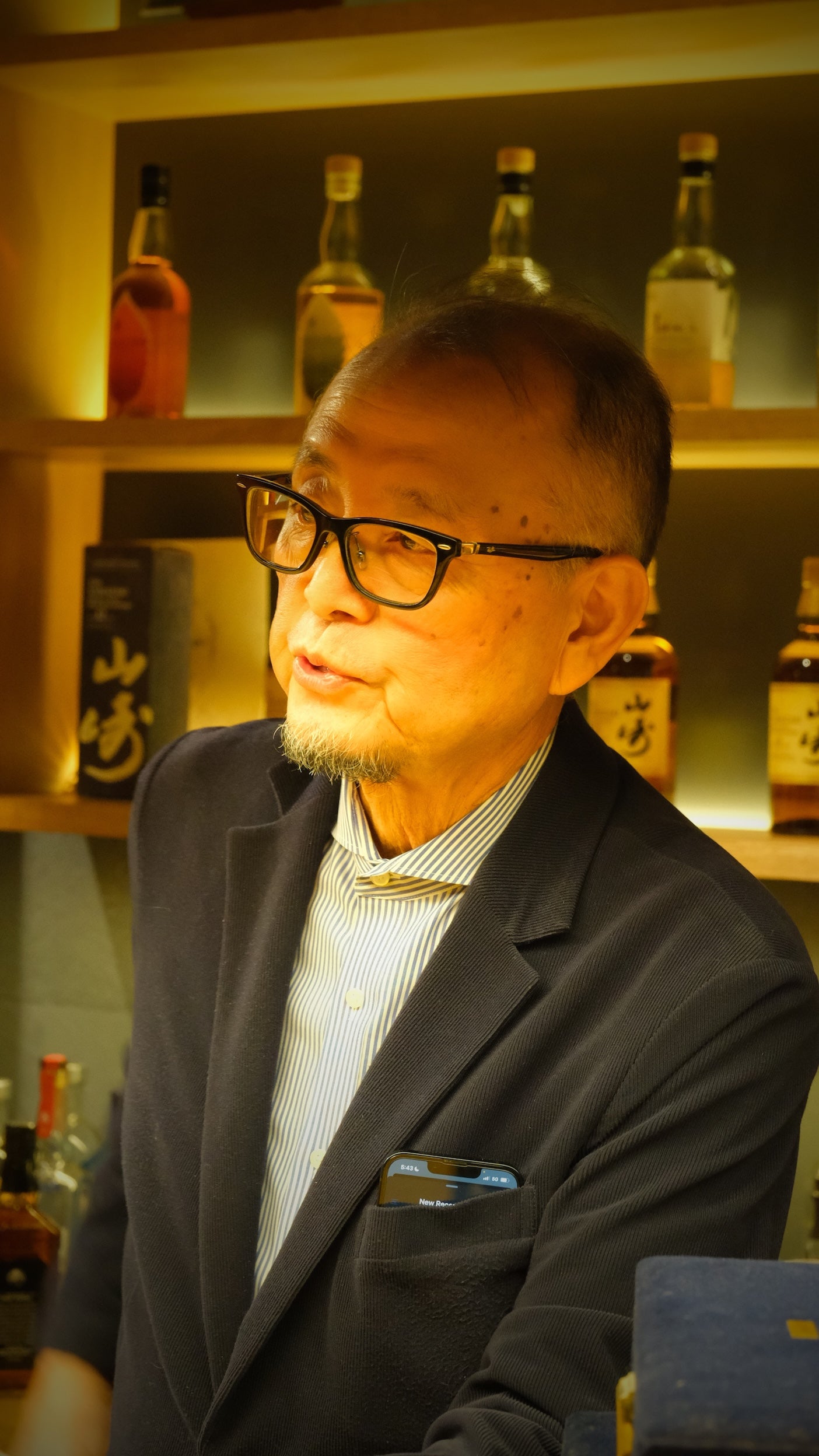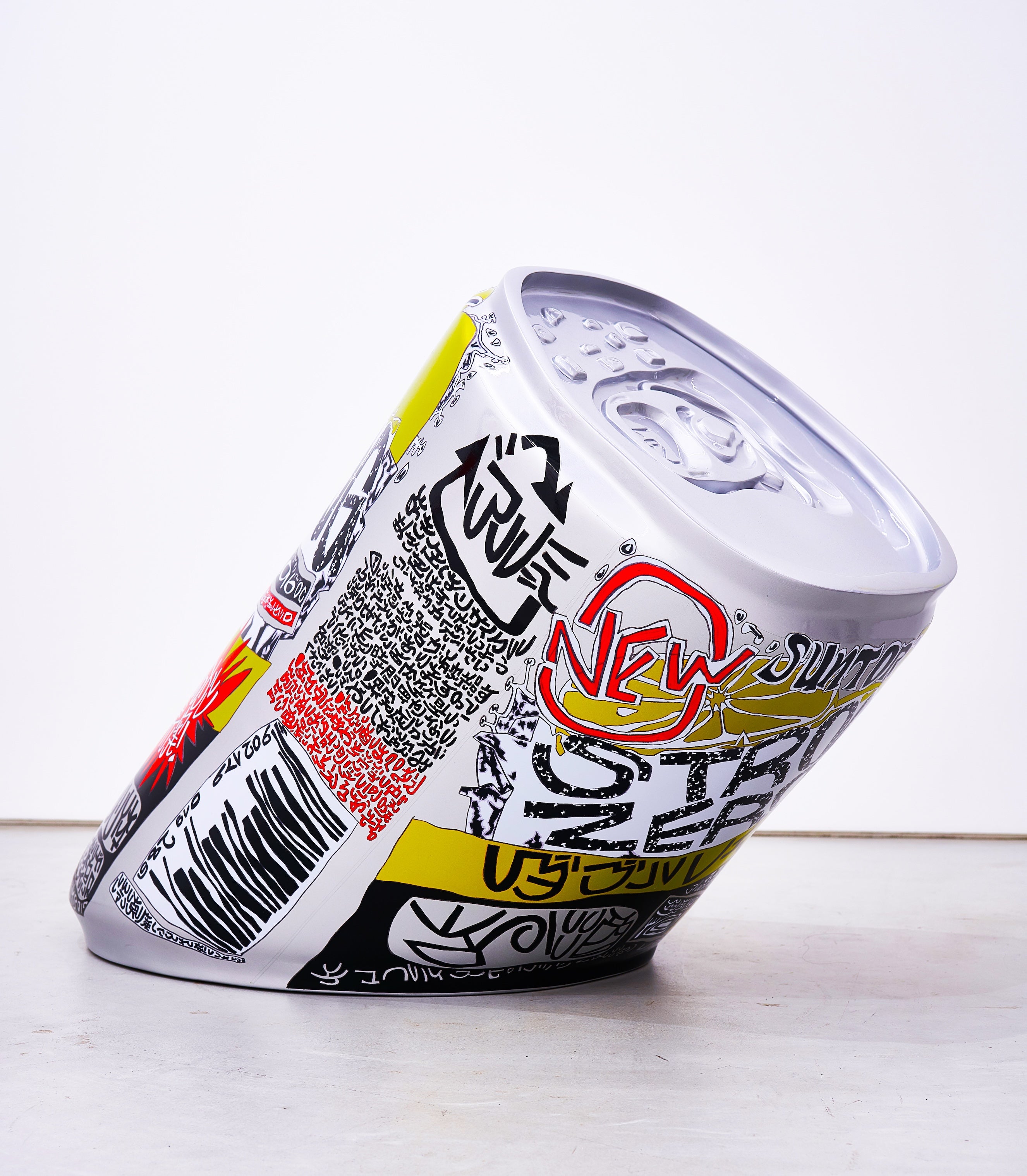HISAMITSU
MATCHA FARMER
"Where Your Matcha Grows"
The journey from Kyoto to Wazuka takes just an hour and a half, but it feels like a passage into another world. We set out early, winding along the narrow mountain road that cuts past cedar forests and rushing streams. The air grew cooler with every turn, and slowly, the city’s hum fell behind us. Then, almost suddenly, the hills opened like a living carpet of green. This was Wazuka, the quiet town at the heart of Japan’s tea heritage.

PROLOGUE
Matcha, the finely ground green tea of Japan, has been cultivated and revered for centuries as both a daily ritual and a refined art form. Grown in shaded fields, carefully tended by generations of farmers, and stone-ground into a vivid powder, matcha embodies the meticulous balance of nature, technique, and patience. Its preparation—whisked into frothy perfection in a bowl—is a choreography of gesture, timing, and mindfulness, reflecting an aesthetic that values impermanence, simplicity, and presence. Beyond flavor, matcha signifies a cultural rhythm: an intersection of cultivation, ceremony, and communal experience, preserving the enduring connection between land, labor, and the subtle pleasures of Japanese life.
As we walked among the rows of tea plants, the history, rituals, and beauty of Wazuka’s matcha tradition were revealed.
Guiding us through the fields was Hisamitsu, a matcha enthusiast and former farmer, whose eyes lit up at every row of tea plants. “This is where the leaves breathe,” he said, stepping carefully along the soft earth. “You can feel the history here—not just in the soil, but in how the wind moves over these hills.” With each turn, Hisamitsu pointed out subtle differences in leaf texture, the play of sunlight through the morning mist, and the small rituals farmers perform to honor their craft. His stories gave us a lens into Wazuka that we could not have discovered alone.
Wazuka has a population of only a few thousand, yet its name carries reverence among tea growers. For over eight centuries, these hills have produced some of the country’s finest leaves. Misty mornings, fertile soil, and steady rainfall create an unusually generous environment for tea cultivation. Today, Wazuka supplies nearly half of the matcha that carries the Uji label, long considered a benchmark of quality. The fields are so intertwined with local life that the Japanese government has designated them a cultural landscape of national significance.

“You can feel the history here—not just in the soil, but in how the wind moves over these hills.”
For the uninitiated, matcha is not simply a green tea powder but the result of meticulous care. Farmers shade the tea plants for several weeks before harvest, slowing growth and deepening flavor. The leaves are then steamed, dried, sorted, and ground between granite stones into a powder so fine it seems almost weightless. In Japan, this powder is whisked into hot water to create a drink that is as much about ritual as taste. As Hisamitsu demonstrated, the first sip is a delicate interplay of bitter and sweet, earthy yet bright, the froth lingering gently on the tongue.

“The magic is in patience, every harvest is a conversation with the land.”
Walking the fields, it became clear how deeply tea defines Wazuka. Families have farmed here for generations, passing knowledge from parent to child. Younger growers are now exploring new paths—organic cultivation, global markets, and experimental blends—while honoring centuries of tradition. Hisamitsu showed us a small plot where he himself cultivates a few experimental leaves, his excitement revealing how Wazuka’s heritage inspires even casual growers to dream. “The magic is in patience,” he said, gently touching a leaf. “Every harvest is a conversation with the land.”
For us, the visit was more than research. Standing among the undulating rows, watching farmers at work and hearing the stories woven through each leaf, we felt the weight of centuries carried forward in every plant. Matcha here is not just an ingredient for lattes or confections; it is a way of life, a rhythm shaped by hills, seasons, and hands that have nurtured this land for generations. Wazuka reminds us that behind every bowl lies a place, a community, a story—and sometimes, a passionate gardener like Hisamitsu who helps you see it all anew.



HILLS OF FLAVOR
As we move through the undulating rows of Wazuka’s tea fields, mist curling around each plant, sunlight glinting on dew-soaked leaves. Light shifts across the hills like a quiet pulse of centuries past. Hisamitsu pauses to brush his fingers along the soft leaves, inhaling their earthy aroma. Every ridge and furrow seems alive, carrying the whispers of generations of farmers.

NEXT ARTIST

FINE ARTIST

AUDIOPHILE

ARTIST





